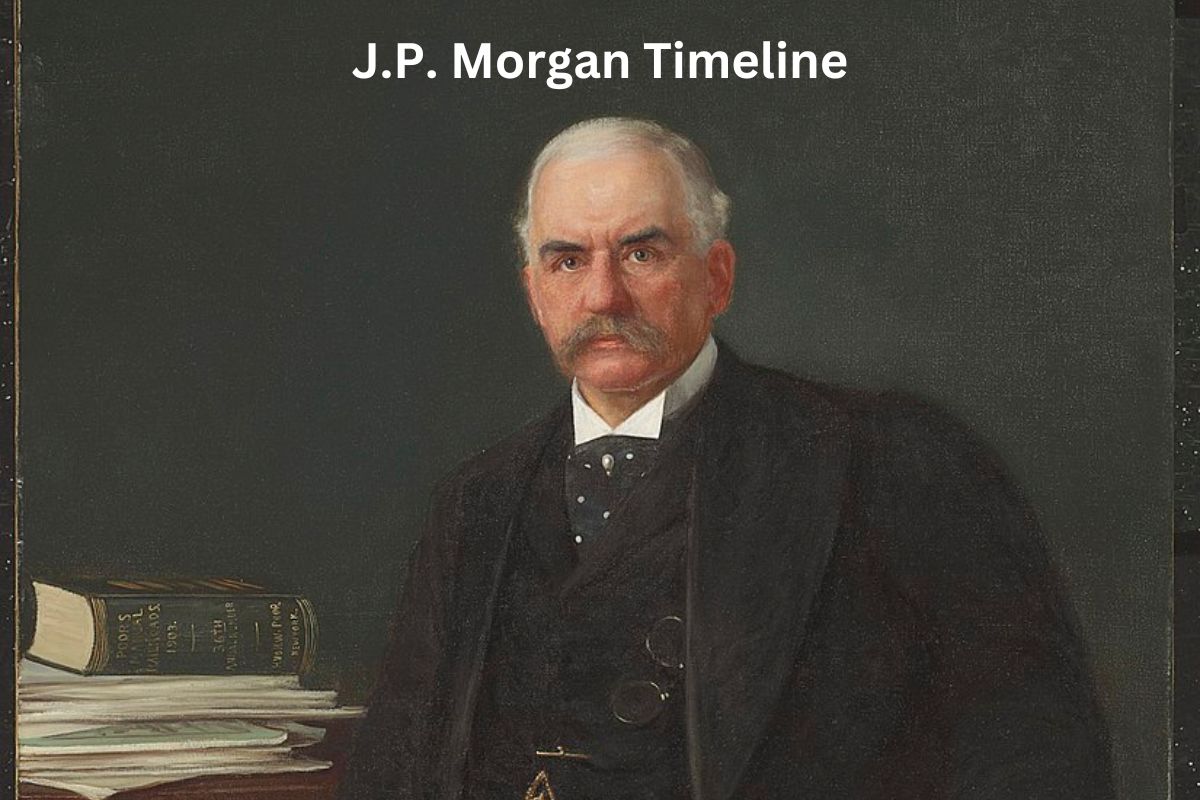J.P. Morgan, born John Pierpont Morgan in 1837, was a towering figure in the world of finance and banking during the late 19th and early 20th centuries.
With a career that spanned decades, Morgan’s influence shaped the course of American industry, finance, and economic policy.
This brief overview delves into key milestones in his life and career, illustrating his significant impact on the evolution of American finance and the nation’s economic landscape.
| Year | Event |
|---|---|
| 1837 | J.P. Morgan is born in Hartford, Connecticut, USA. |
| 1857 | Morgan begins his career in finance by joining the banking firm of Duncan, Sherman & Company. |
| 1860 | He becomes a partner in the firm, which is later renamed J.S. Morgan & Co. |
| 1871 | J.P. Morgan travels to Europe to gain experience in international finance. |
| 1871 | Morgan helps arrange a loan for the French government, solidifying his reputation as a skilled financier. |
| 1879 | J.P. Morgan takes over his father’s banking firm and renames it J.P. Morgan & Co. |
| Late 19th Century | Morgan becomes involved in various mergers and consolidations of railroad companies, helping to create powerful railroad corporations like the New York Central and the Southern Railway Company. |
| 1895 | He helps stabilize the U.S. gold supply by arranging for a loan of gold to the U.S. Treasury during a financial crisis. |
| 1901 | Morgan plays a pivotal role in the creation of U.S. Steel, which becomes the world’s first billion-dollar corporation. |
| 1902 | He helps to form the Northern Securities Company, a holding company for several major railroads, leading to an antitrust lawsuit by the U.S. government. |
| 1907 | Morgan plays a critical role in ending the Panic of 1907 by using his influence to coordinate a consortium of banks to provide financial support to troubled banks and businesses. |
| 1913 | The Federal Reserve Act is passed, establishing the Federal Reserve System. Morgan’s influence wanes as the central banking system becomes more prominent. |
| March 31, 1913 | J.P. Morgan dies in Rome, Italy. |
Timeline of J.P. Morgan
1837: J.P. Morgan is born in Hartford, Connecticut, USA
John Pierpont Morgan, widely known as J.P. Morgan, was born on April 17, 1837, in Hartford, Connecticut. He was born into a wealthy family with a strong banking heritage.
His father, Junius Spencer Morgan, was a successful banker and financier.
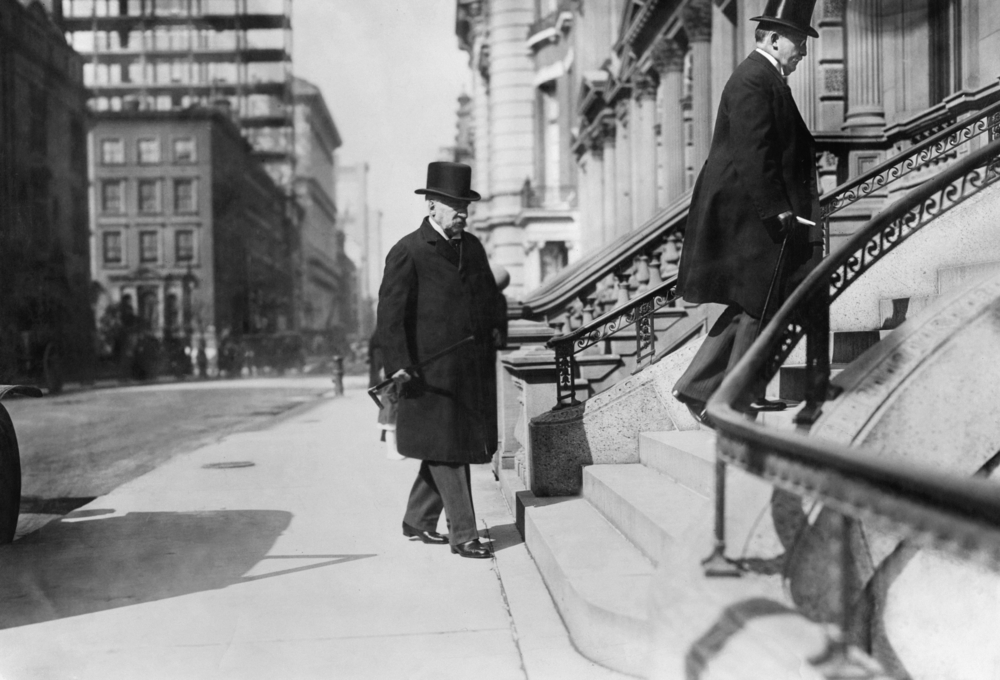
1857: Morgan joins Duncan, Sherman & Company to begin his finance career
In 1857, at the age of 20, J.P. Morgan began his career in finance by joining the banking firm of Duncan, Sherman & Company. This early experience provided him with a foundation in banking and finance and allowed him to learn the intricacies of the industry.
1860: Becomes a partner in the firm, renaming it J.S. Morgan & Co
Just three years after joining Duncan, Sherman & Company, in 1860, J.P. Morgan became a partner in the firm.
Following this development, the firm was renamed J.S. Morgan & Co., reflecting Morgan’s increasing prominence and influence within the organization.
Also Read: J.P. Morgan Accomplishments
This marked the beginning of his ascent in the world of finance, and he would go on to make significant contributions to the banking and business world over the course of his career.
1871: Travels to Europe for international finance experience
In 1871, J.P. Morgan embarked on a journey to Europe with the goal of gaining valuable experience in international finance.
During his time in Europe, he established important connections with European financiers and gained insights into the workings of the global financial system.
This international exposure would prove crucial in his future career as it broadened his perspective and knowledge of international markets.
1871: Assists in arranging a loan for the French government, building his financial reputation
During his stay in Europe in 1871, J.P. Morgan played a significant role in arranging a loan for the French government.
Also Read: John D. Rockefeller Facts
This successful financial transaction not only demonstrated Morgan’s financial acumen but also helped solidify his reputation as a skilled financier on both sides of the Atlantic. It was a pivotal moment in his career, setting the stage for his future endeavors.
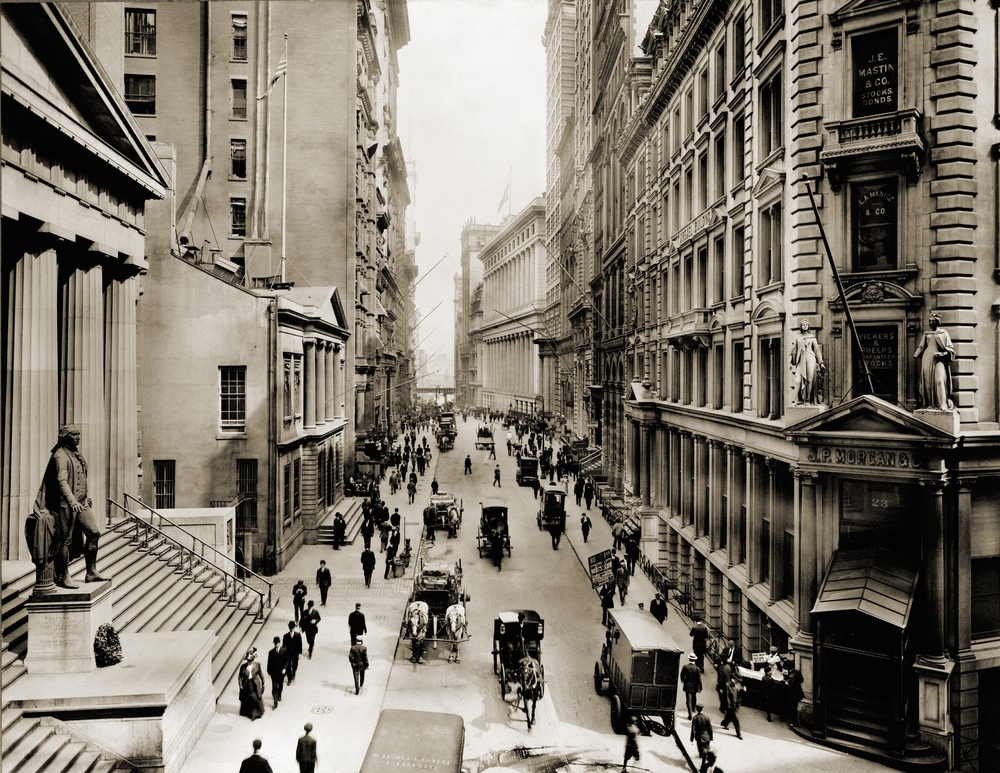
1879: Takes over his father’s banking firm, renaming it J.P. Morgan & Co
In 1879, J.P. Morgan assumed control of his father’s banking firm, which was originally known as J.S. Morgan & Co. Under his leadership, he reorganized and renamed the firm to J.P. Morgan & Co.
This move marked a significant step in his career, as he transformed the firm into a major player in American finance.
Under his leadership, the firm would go on to become one of the most influential and powerful financial institutions in the United States, playing a central role in numerous mergers, acquisitions, and financial transactions that shaped the nation’s economy.
Late 19th Century: Involvement in railroad mergers and consolidations
During the late 19th century, J.P. Morgan became heavily involved in the consolidation and restructuring of various railroad companies in the United States. He played a pivotal role in bringing together competing railroads and creating larger, more efficient corporations.
One of his notable achievements was the consolidation of several major railroads into the New York Central Railroad, which became one of the largest and most powerful railway companies in the country.
Morgan’s involvement in railroad mergers contributed to the expansion of rail transportation networks and the growth of American industry.
1895: Stabilizes the U.S. gold supply with a loan to the U.S. Treasury
In 1895, during a period of financial instability, J.P. Morgan demonstrated his financial prowess by arranging a significant loan of gold to the U.S. Treasury.
This loan helped stabilize the U.S. gold supply, preventing a potential crisis and earning Morgan further recognition as a key figure in managing the nation’s financial affairs. His ability to intervene in such critical moments reinforced his reputation as a financial savior.
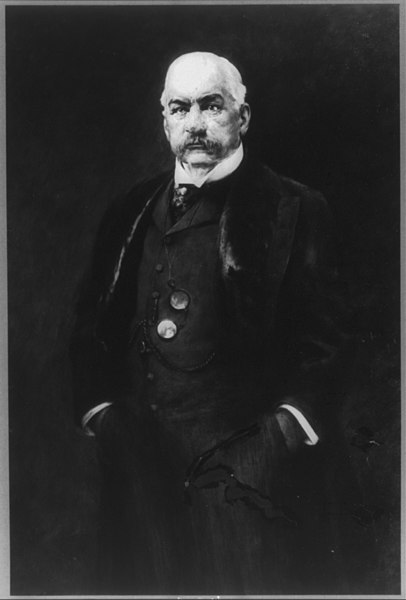
1901: Key role in creating U.S. Steel, the first billion-dollar corporation
In 1901, J.P. Morgan played a central role in the formation of United States Steel Corporation, which became the world’s first billion-dollar corporation. Morgan orchestrated the merger of several leading steel companies, including Carnegie Steel, to create this industrial giant.
U.S. Steel not only symbolized the enormous industrial power of the United States but also showcased Morgan’s influence in shaping the corporate landscape of the early 20th century.
1902: Formation of Northern Securities Company, leading to an antitrust lawsuit
In 1902, J.P. Morgan was involved in the formation of the Northern Securities Company, a holding company that controlled several major railroads.
This move raised concerns about monopolistic control over the rail industry and led to a high-profile antitrust lawsuit by the U.S. government, known as the Northern Securities Case.
While the company was eventually dissolved as a result of the lawsuit, Morgan’s involvement highlighted the contentious issues surrounding corporate consolidation and antitrust regulation during that era.
1907: Critical role in ending the Panic of 1907
In 1907, J.P. Morgan played a pivotal and widely recognized role in resolving the financial crisis known as the Panic of 1907. During this crisis, a series of bank runs and financial panics threatened to destabilize the U.S. economy.
Morgan used his personal wealth and influence to coordinate a consortium of leading bankers and financiers to provide liquidity and support to troubled banks and businesses.
His actions helped prevent a complete economic collapse and contributed to restoring confidence in the financial system. The episode highlighted Morgan’s power and his ability to act as a “lender of last resort” during times of crisis.
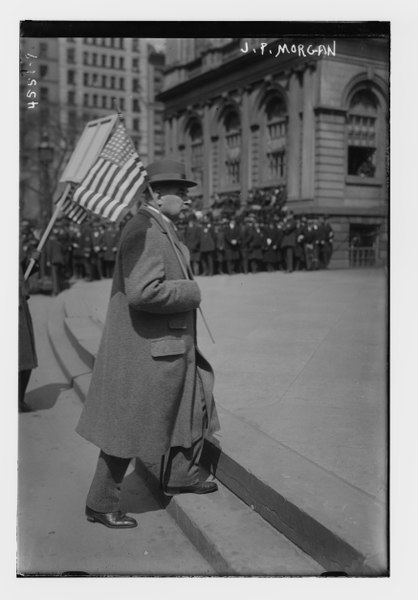
1913: The Federal Reserve Act is passed, diminishing his influence
In 1913, the United States Congress passed the Federal Reserve Act, which established the Federal Reserve System. This new central banking system aimed to provide a more stable and flexible monetary system for the United States.
The creation of the Federal Reserve marked a shift in the financial landscape, with the government taking a more active role in regulating the nation’s money supply and banking industry.
As a result, the influence of individual financiers like J.P. Morgan began to diminish as the central bank took on a larger role in managing the country’s monetary policy.
March 31, 1913: J.P. Morgan passes away in Rome, Italy
On March 31, 1913, J.P. Morgan passed away in Rome, Italy, marking the end of an era in American finance. His death marked the close of a chapter in which individual financiers exerted significant control over the nation’s financial affairs.
Morgan’s legacy continued through his contributions to finance, the institutions he established, and the impact he had on shaping the modern financial system.
